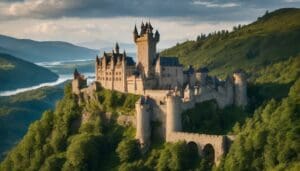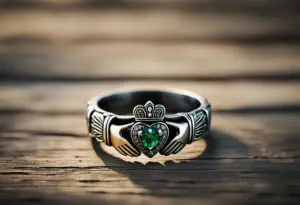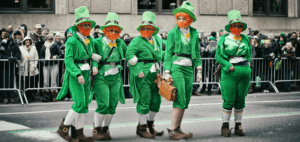Fairy Mythology: Facts, History, and Astonishing Characteristics
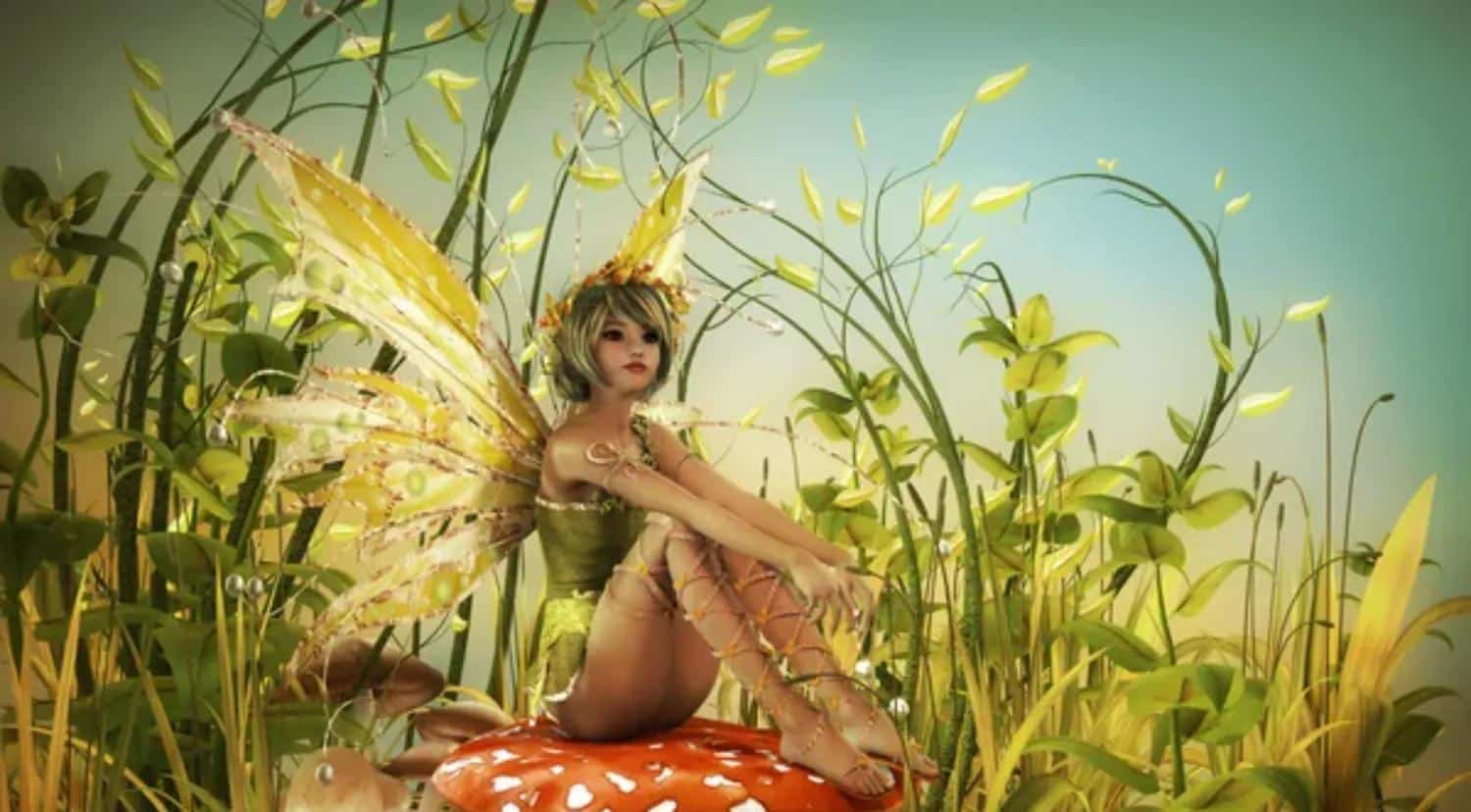
Updated On: April 17, 2024 by Marise
A particular category of magical beings with roots in European mythology includes fairy mythology featuring the mythological figure commonly referred to as a “fairy.” The word “Faerie” is another spelling variation of the same word. Fay or Fae is the plural form. Here are some facts about this well-known creature.
Fairy Facts
Fairies have historically been associated with wicked or cruel behaviour. They allegedly traded human infants for their kids at times. They are frequently described as possessing wings. They might be as big as humans or as tiny as pixies. Fairies have been depicted in a broad range of ways throughout European literature and tradition. Some are stunning, while others are abhorrent. Others combine both traits. Fairies are typically thought to be feminine in appearance today. They are lovely and frequently resemble butterflies or other flying insects in their wings.
There is no single origin for fairies. They are the result of the combination of many different folk beliefs. According to some folk ideas, these entities are demonised angels or demons, similar to the Christian view. They were thought to be inferior deities or spirits by pre-Christian Europeans and pagans. Fairy-believing declined as Christianity became more widespread. They were frequently merely considered to be another species of beings that coexisted with humans. Others believed them to be nature spirits, early human ancestors, or even ghosts of the dead.
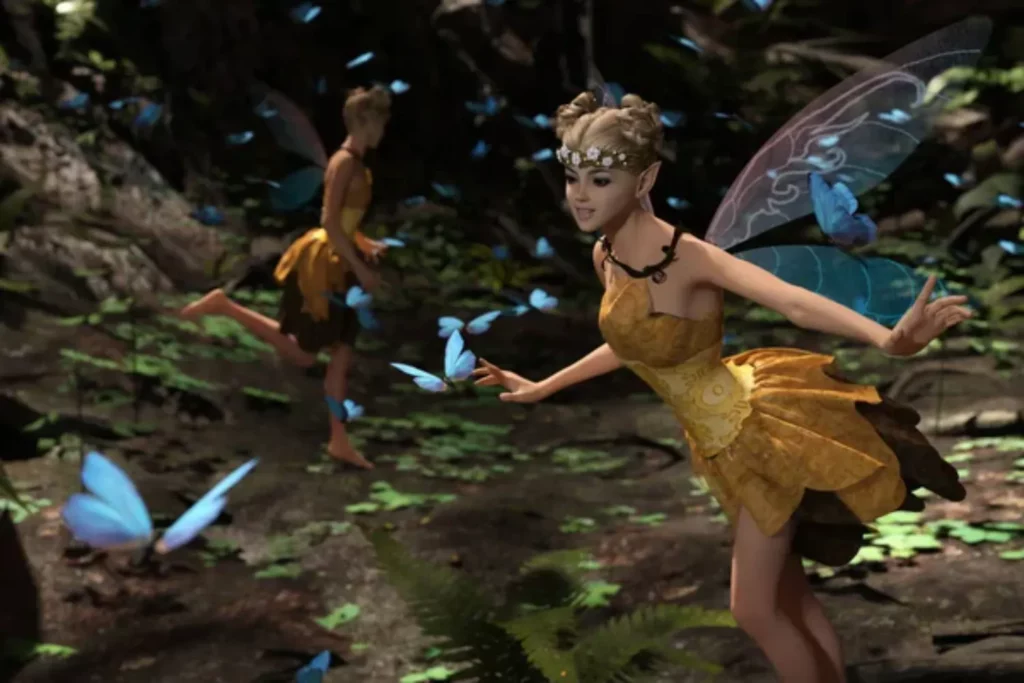
Fairies’ Superpowers
- Communication with Animals: Numerous fairies possess the ability to comprehend the feelings of animals or even to speak with them. They can also rely on animals to defend themselves.
- Flight: While well-known modern fairies like Disney’s Tinker Bell are able to fly, historically, few fairies are able to fly, and they are not usually endowed with wings. Flight is not typically employed as a primary mode of transportation but rather as a measure of protection.
- Healing: Fairies have the ability to heal. They have the power to heal both plants and people. They have the power to heal the body as well as the spirit.
- Photo kinesis: Fairies have influence over nature because they can manipulate light from the sun. Some people are also capable of producing light from within their own bodies.
- Shapeshifting: Fairies have the ability to regulate and modify their looks. They might even resemble people. In connection with that, if a wicked fairy uses the ability of Glamour to make itself appear attractive and a human discovers the truth, the fairy will never be able to conceal its true appearance from that human again.
- Invisibility: Fairies have the ability to modify how they seem to others as well as their own level of visibility. Even some fairies have the power to turn into shadows. Although the majority of fairies are typically difficult to be seen by humans. People can become invisible thanks to gift-giving fairies.
- Fairies frequently possess superhuman agility that allows them to avoid harm and have the capacity to make people lucky or unlucky. Some have the capacity to temporarily bestow onto humans the ability to view the secret world of fairies or predict the future. They also mend in a day and are almost indestructible. The majority of fairies also have improved senses.
Fairies and Pixies
The fact that fairies have wings and pixies typically do not is one of the key distinctions between the two. Fairies can grow to be as tall as humans and have more magical prowess than humans do. They can fly as well. Fairies are genuinely considered cruel or malevolent in many cultures. Pixies are diminutive creatures with pointed ears who aren’t malicious but rather mischievous and amusing. They are comparable in other respects as well. Both of them have a supernatural aura about them and are elusive to humans.
Mythology and History
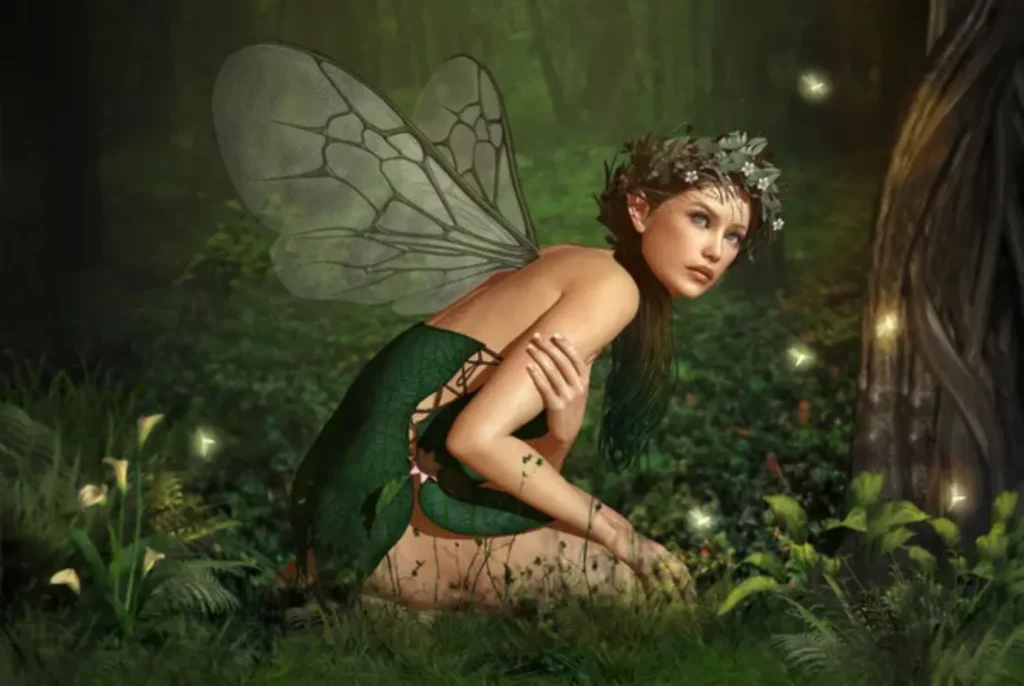
The historian Gervase of Tilbury wrote the earliest account of fairies in England in the 13th century. The guardian fairies are brownies and other hobgoblins. They are helpful fairies who help with various jobs around the house. They have no distinct toes or fingers and a hole for a nose in the Scottish Lowlands, making them ugly to look at in Aberdeenshire, Scotland.
Banshees are less frequent and more ominous; they often only make an appearance to predict a disaster. According to Highland legend, Washer-by-the-Ford is a web-footed, one-nosed, buck-toothed hag and is only seen washing their blood-stained clothes when men are going to meet a horrific death. Bug-a-boos and goblins are always evil.
Both Gentle Annie, who controls storms in the Scottish Lowlands, and Black Annis, a blue-faced hag who haunts the Dane Hills in Leicestershire, may be descended from the Celtic goddess Danu, the mother of Ireland’s cave fairies. The most prevalent types of nature fairies include mermaids and mermen, river spirits, and spirits of pools. Marsh gas creates the sputtering flames that hang above marshy terrain and is the source of the Jack-o-Lantern legend. A very evil fairy known as Jack-o-Lantern or Will-o-the-Wisp resides in marshy areas and lures unsuspecting travellers to their demise in the bogs.
Ireland Fairy Tales
You might be surprised to hear that fairies are not just a part of Irish mythology and history in Ireland. There is still a thriving belief in the “Little People.”
“Do you believe in fairies?” ask the typical Irish person, and the reply could surprise you.
For hundreds of years, the majority of Irish people firmly believed that fairies, sometimes known as “Little People,” were present everywhere. Fairy tales have been used to explain various natural phenomena. The locations, plants, and things connected to the “Little People” were revered. Irish people still cherish the customs and beliefs of their ancestors regarding paranormal or otherworldly occurrences today, especially in the countryside.
More proof that Irish people still believe in fairies and the supernatural can be seen in the Rag Tree custom. Startled visitors will frequently point out a certain tree that is growing in a distant area as they travel throughout Ireland. People hang colourful rags on hawthorn trees to improve their fortune or to make a sick friend or family feel better. This custom is still practised today. Rag trees are frequently found next to holy wells.
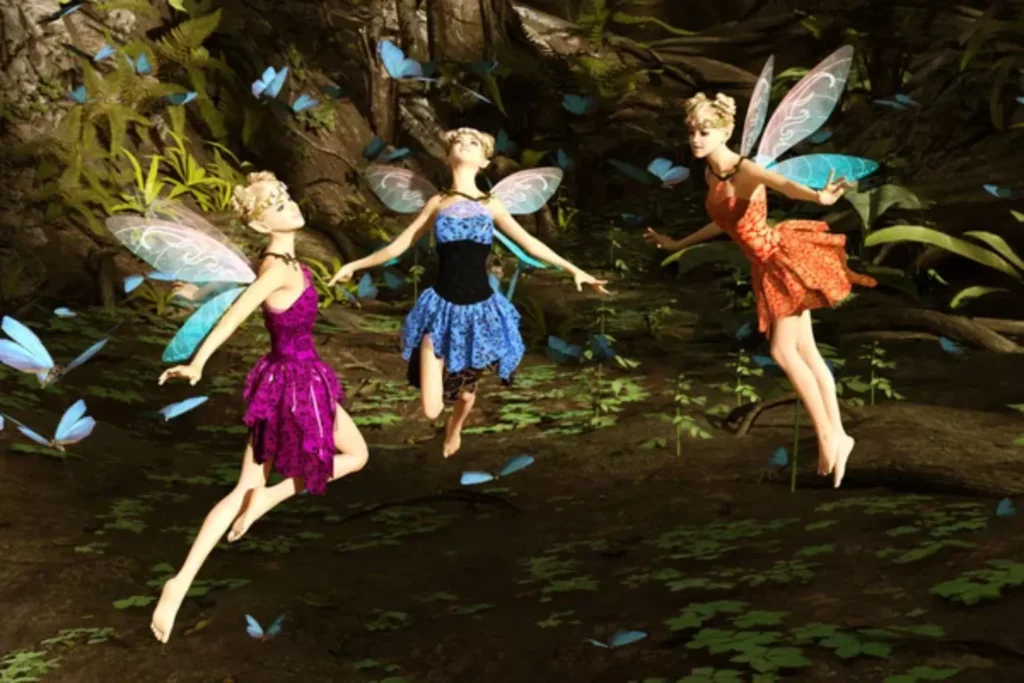
What do Fairies Look Like?
In the past, Irish people thought that fairies in Ireland were natural creatures with supernatural abilities rather than humans or ghosts. They’re tiny. They have the same ability to give birth and pass away. They may be lucky and prosperous and generous. But they can be very vengeful if you hurt them or their property. Country people frequently viewed fairies as fallen angels by fusing Christian doctrine with previous pre-Christian customs.


